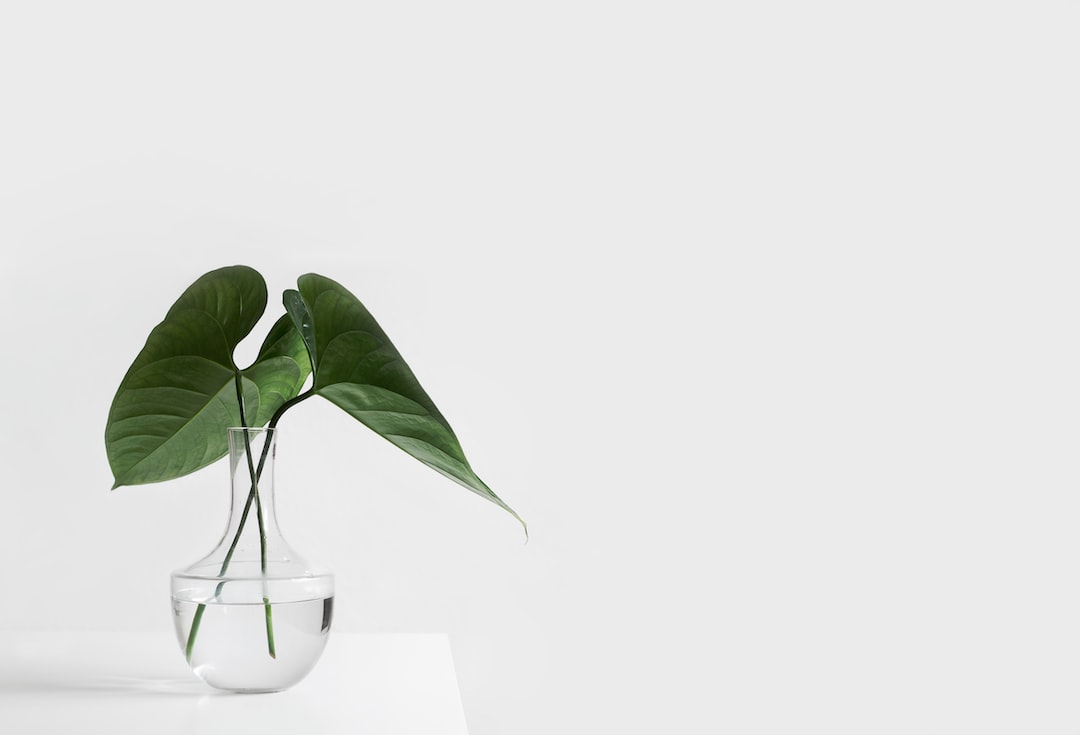Achieving Balance and Proportion in Design Layouts
Design is all about making things look visually pleasing and aesthetically appealing. Whether it’s creating a website, designing a logo, or even arranging elements on a printed page, achieving balance and proportion is crucial for creating a harmonious and well-designed layout.
Balance and proportion go hand in hand when it comes to design. Balance refers to how elements are distributed within a layout, while proportion relates to the size and scale of these elements in relation to one another. Without proper balance and proportion, a design can appear chaotic, confusing, or even unprofessional.
So, how can you achieve balance and proportion in your design layouts? Here are a few tips to consider:
1. Symmetry vs. Asymmetry:
Symmetry creates a sense of balance by arranging elements identically or symmetrically on both sides of a central axis. This technique can be useful for formal and traditional designs. On the other hand, asymmetry involves placing elements strategically without mirroring them. Asymmetrical layouts can give a design a more dynamic and modern feel. Both approaches can be effective, depending on the intended message and target audience.
2. The Rule of Thirds:
A widely used technique in design, the rule of thirds divides a layout into a 3×3 grid, creating nine equal sections. The placement of important elements along the intersecting lines or within the sections can create a visually pleasing and balanced composition. This approach is commonly used in photography, web design, and graphic design.
3. Scale and Proportion:
Properly sizing and scaling elements is essential for achieving balance and proportion. It’s important to consider the hierarchy of elements, ensuring that the most important element is appropriately sized to draw attention. Scale can also be used to create emphasis and visual interest. Avoiding extreme variations in scale is crucial to maintaining harmony within the design.
4. Color and Contrast:
Color plays a vital role in design and can greatly influence the perceived balance and proportion of a layout. Contrasting colors can create visual interest by highlighting certain elements and directing the viewer’s focus. However, it’s essential to use contrast thoughtfully and sparingly to avoid overwhelming the design. A well-balanced color palette can enhance the overall aesthetic appeal.
5. White Space:
White space, also known as negative space, refers to the empty areas around and between elements in a layout. Though it may seem counterintuitive to achieving balance, white space is crucial for creating a visually pleasing design. It helps separate and define elements, allowing them to breathe and reducing visual clutter. Utilizing white space effectively can create a sense of balance and harmony within the layout.
6. Grid Systems:
Grid systems provide a solid foundation for achieving balance and proportion in design layouts. They establish a consistent structure that guides the placement of elements. Using a grid ensures that elements align properly, promoting a cohesive and balanced design. Grid systems are particularly useful in web design and print layouts.
7. Consistency:
Consistency is key to creating a cohesive design. Repeating patterns, shapes, colors, and typography throughout a layout can help establish a sense of unity and balance. Consistency also helps in maintaining a professional and polished appearance.
In conclusion, achieving balance and proportion in design layouts requires careful thought and consideration. By exploring the concepts of symmetry and asymmetry, using the rule of thirds, understanding scale and proportion, utilizing color and contrast, making effective use of white space, utilizing grid systems, and maintaining consistency, designers can create visually pleasing and well-balanced compositions. Remember, balance and proportion work together to create a harmonious design that captures the viewer’s attention and communicates the intended message effectively.

